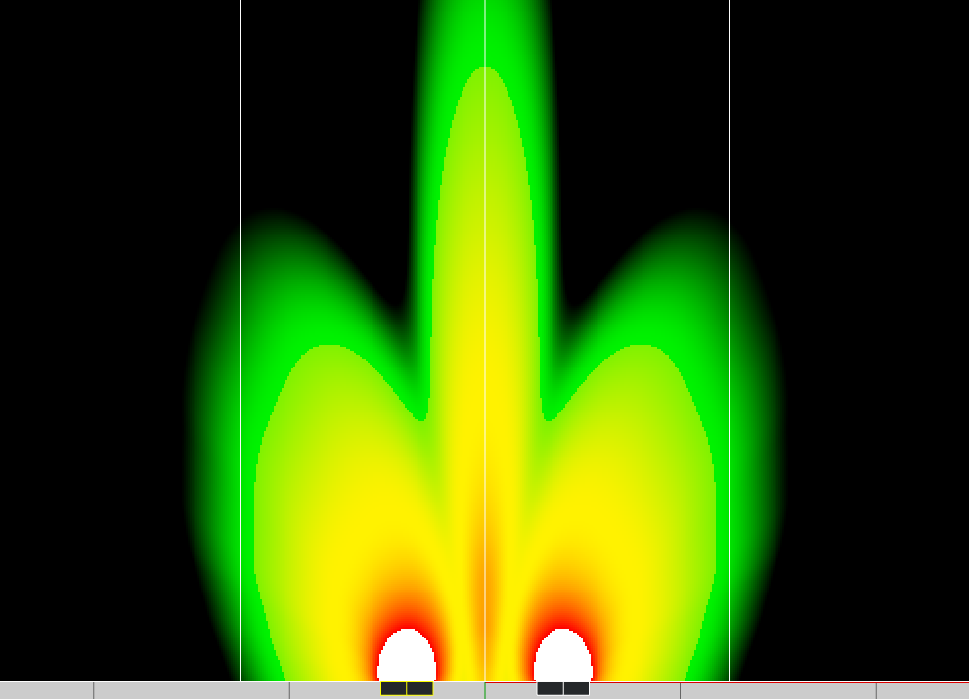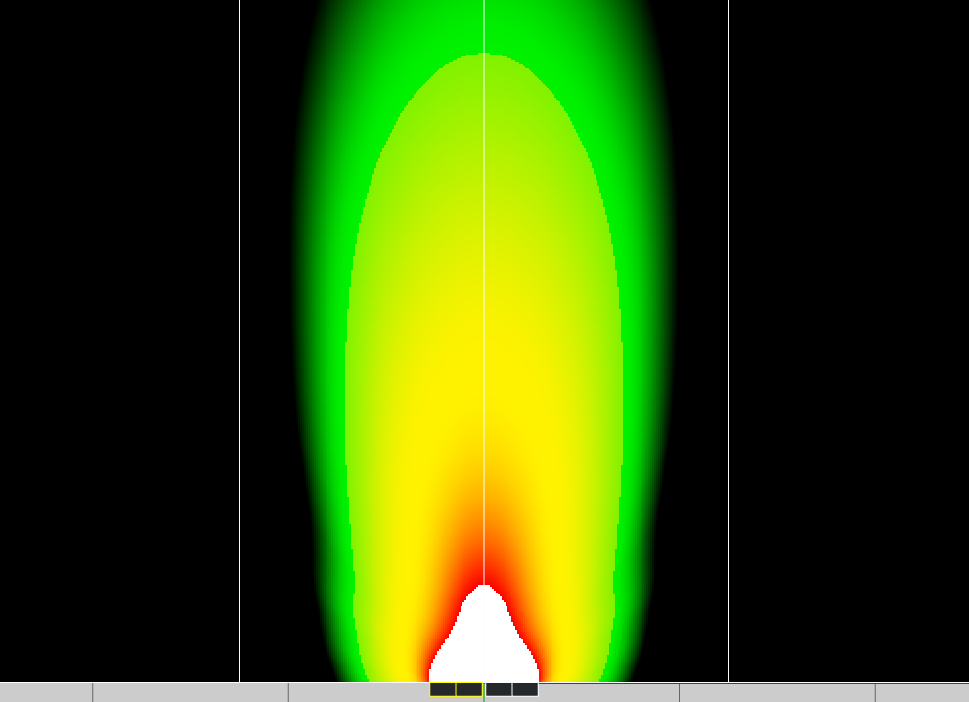Achieving Even Coverage with Subwoofers in Live Sound: A Guide to Avoiding Power Alleys
Don’t feel like reading? Hit play and listen instead.
Understanding Subwoofer Propagation in a Live Sound Environment
Subwoofers are essential for enhancing low-frequency reproduction, providing that deep bass that makes music come alive. For anyone starting out in live sound and system design, this blog aims to shed light on optimal subwoofer placement. Before we dive in, let’s look at some terminologies.
Subwoofer
Subwoofers are generally speakers designed to complement full-range speakers by enhancing low frequency reproduction. Generally, subwoofers should be able to reproduce frequencies below 150Hz, though this number can vary between manufacturers and models.
Power Alley
Power alleys are zones where sub frequencies cancel each other out due to the interaction between two or more subwoofers.
Crossover Frequency
A crossover frequency dictates how high a frequency (or low a frequency if it is set for full range speakers) the subwoofer should reproduce. This can vary depending on system design but it is not uncommon to see 100Hz, 90Hz or below. Some manufacturers may also recommend a crossover frequency, for example 60Hz. This is done so that the manufacturer’s full-range speakers and subwoofers can work in tandem with one another.
Do We Need Subwoofers? Are Full Range Speakers Insufficient?
That depends. If the event is centred around speech, like conferences, you could get away without subwoofers, provided that the full range speakers can reproduce low frequencies well enough to provide a balanced representation of your sources. However, if you are designing for a concert or music festival, then subwoofers would be essential to the audience experience. That is not to say that subwoofers will not be welcome in a conference setting. After all, if you have high energy videos, you would appreciate what the subwoofer can do for you then.
Does Placement of Subs Matter?
Subwoofers essentially produce vibrations in the low frequencies. These frequencies, being acoustical in nature, are subject to the laws of physics. This means that they will be subject to constructive or destructive phase interference depending on the placement, delay value, acoustical properties of the space, etc.
For example, an 80Hz frequency has a wavelength of 4.29 metres. Compared to an 8kHz frequency which is about 4.29cm in length. Due to this nature, speaker manufacturers are able to design speakers that have controlled vertical and horizontal dispersion of mid to high frequencies (The short wavelengths of mid to high frequencies allows for smaller tweeters and directionality). Because the wavelengths of low frequencies are so long, it is unfeasible to create subwoofers that are 4 meters long.
At 4.29m, two separate sources of 80Hz frequencies at 0° (or 360°) phase would yield summation (constructive phase). Should there be a discrepancy in the distance, the phase relationship is altered and you may run into phase cancellation at said frequency (destructive phase) thus causing power alleys.
Image 1: 16m Apart
Looking at the subwoofer position above. The subs here are placed 16 meters apart, each stack acting almost independently of one another resulting in a narrow summation at the middle and huge power alleys before increased energy directly in front of each stack. This means that the low-frequency sound waves from each subwoofer will combine constructively in a small central region, creating a focused area of increased bass energy.
Image 2: 8m Apart
At 8 meters apart, notice the dispersion getting more even, albeit the dispersion is still almost similar to that at 16 meters apart, with power alleys.
Image 3: 4m Apart
As we get closer, at 4 meters distance from each other, you see a more focussed dispersion of the subs as they start interacting with each other more constructively.
Image 4: 2.86m Apart
Finally, at 2.86 meters apart, you get much better interaction between the two stacks. Here, you can see the two stacks of subs acting as one in propagating bass energy from a central, focal point.
The Ideal Distance
Half Wavelength
By now we already know that sound waves cancel or sum depending on their phase relationship. If two waves are 180° out of phase, they will cancel each other out. Thus, placing subwoofers as close to each other as possible or no more than ½ wavelength of the highest frequency it can reproduce, (i.e. the crossover frequency) would lead to better summation than if the subwoofers were placed further apart.
The formula to calculate wavelength is:
Wavelength (Λ) = Speed of Sound (v) ÷ Frequency (ƒ)
We know the speed of sound in normal atmospheric conditions (20°C) is 343 m/s. So for a 60Hz crossover point:
Λ = (343 ÷ 60) ÷ 2
Λ = (5.72) ÷ 2
Λ = 2.86m
If your subwoofer crossover frequency is at 60Hz, then it would be desirable to place your subwoofers no more than 2.86m apart from each other (measured from their acoustical centre).
Understanding The Impact
Considering the phenomenon explained above, it would be safe to conclude that subwoofers placed far apart would result in a less desirable dispersion. Comb filtering is a phenomenon that happens regardless of how extensively you align, delay and position your speakers. The question is only a matter of where in the space it occurs. With high frequencies, comb filtering can be less audible since the wavelengths are short, meaning your ears are unlikely to be in different zones. Low frequencies, however, create wider troughs of null, thus resulting in audible loss of frequencies in parts of the space. Understanding subwoofer dispersion can help to create a much even dispersion and a more immersive audience experience.





